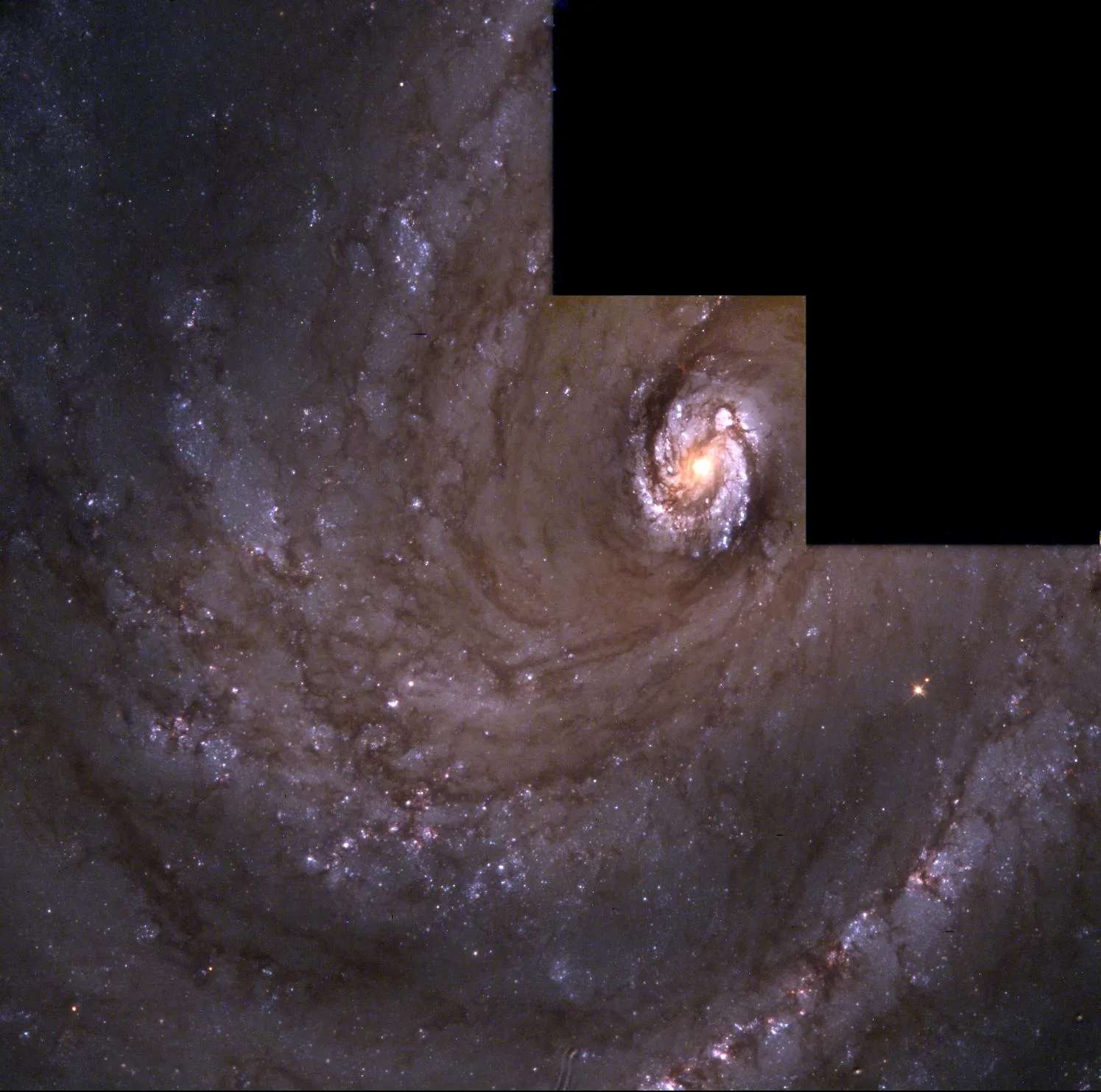M100 | NGC 4321 | Spiral Galaxy | Coma Berenices | 55,000,000 Light Years Away
Messier 100, also known as NGC 4321, is a grand design spiral galaxy located in the constellation Coma Berenices. Discovered by Pierre Méchain in 1781 and later cataloged by Charles Messier, it is situated approximately 55 million light-years away from Earth. With a diameter of about 107,000 light-years, Messier 100 showcases well-defined spiral arms and a bright central region.
One notable feature of Messier 100 is its symmetric spiral structure, displaying a clear and organized pattern in its spiral arms. The galaxy’s central bar and tightly wound arms suggest a mature and dynamically stable structure. Observations of Messier 100 contribute to our understanding of spiral galaxy dynamics, stellar populations, and the processes influencing star formation within these cosmic structures.
Messier 100 is a member of the Virgo Cluster, a large galaxy cluster in the Virgo constellation. Its location within this rich galactic environment makes it a valuable target for astronomers studying the interactions, gravitational influences, and environmental factors shaping galaxies within clusters. The study of Messier 100 adds to our broader knowledge of galactic evolution, offering insights into the intricate processes that govern the formation and development of grand design spiral galaxies within the vast cosmic landscape.

